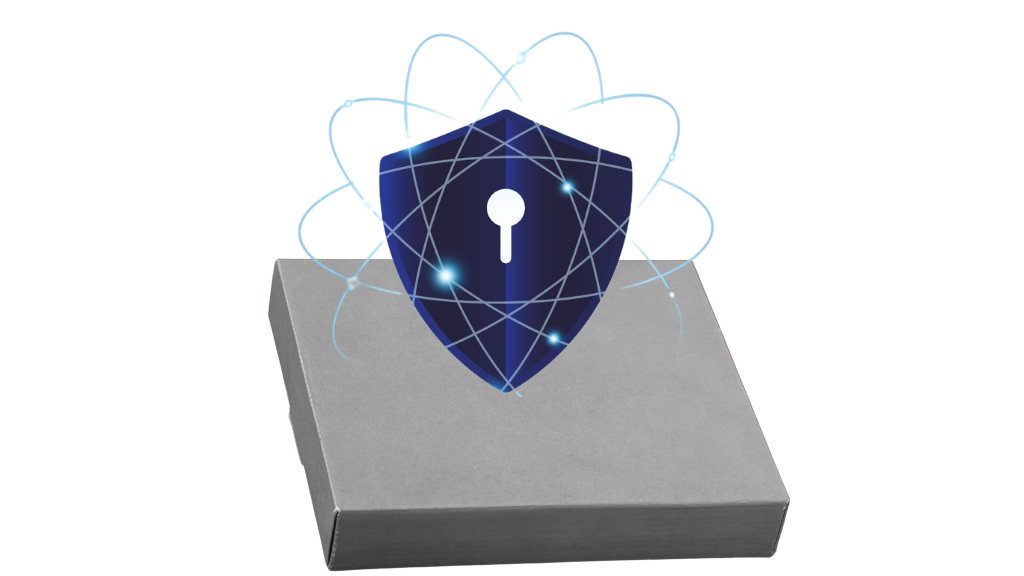The world of cybersecurity – is always in flux, always evolving, and, let’s be honest, always a little daunting. In the ever-evolving world of cyber security, penetration testing remains an essential tool to identify vulnerabilities and shore up defenses. At the heart of the debate is the choice between black-box and white-box testing. Both these methodologies offer unique perspectives and strengths. Let’s dive deep into their unique attributes, bringing clarity to this intricate conundrum.
Black Box Pen Testing vs White Box
You’ve probably heard of black-and-white box testing in passing. But what exactly are they? And how do they differ? Let’s get down to brass tacks.
Black Box Testing in Cyber Security

- Defining the Black Box: In the simplest terms, black box testing, sometimes referred to as “dynamic analysis,” focuses on the system’s functionality. The tester doesn’t need prior knowledge of the system’s internal workings.
- Black Box Security Testing Checklist: Every seasoned tester has their checklist. These are essentially the key areas they probe. From application interfaces to databases and server interactions, it’s all fair game.
- Black Box Pen Testing Basics: When we add ‘pen’ (short for penetration) to the mix, we’re talking about simulating cyberattacks to expose vulnerabilities. Think of it as the mock drill before the real deal.
Pros:
- Real-world Scenario: A black box tester mimics the actions of genuine attackers, providing a realistic view of potential external threats.
- No Bias: Testers have no preconceived notions about the system, which means they can ensure genuine and unbiased vulnerabilities.
Cons:
- Surface-level Testing: Without internal insights, testers might miss deeper vulnerabilities.
- Time-consuming: Without any roadmap, testers might spend more time discovering vulnerabilities.
White Box Testing: All About Transparency
- What’s a White Box? Unlike its black box counterpart, white box testing, often known as “static analysis”, requires a thorough understanding of the system’s internal logic. It’s like having the blueprints of a building before assessing its strength.
- The Role of the White Box Tester: These folks don’t just skim the surface. They dive deep, examining the architectural intricacies, data flow, and more.
- White Boxing Testing: Notice the ‘ing’? That’s because it’s an ongoing process. This approach focuses on scrutinizing the codebase, seeking out weak links in the chain.
Pros:
- Deep Dive: White box testers can identify hidden vulnerabilities, often missed in black box testing.
- Efficiency: With a clear roadmap, the testing process can be faster and more thorough.
Cons:
- Lacks External Perspective: Testers might miss out on vulnerabilities that are more apparent from an outsider’s viewpoint.
- Bias: Knowing the system can sometimes lead to assumptions, potentially overlooking threats.
But, you might ask, “Why not take the middle road? And to that, we say – bingo! The gray box often delivers a balanced, well-rounded analysis. However, like all things, it’s not without its flaws.
The Gray Area: Gray Box Testing

- Merging Worlds with Gray Box Testing: Imagine if the black and white boxes had a baby. That’s gray box testing for you! It’s a hybrid approach that marries the best of both worlds.
- Gray Box Penetration Test: Now, this is where the waters get a tad murky. Gray box pen tests combine the strategies of both black and white box tests, ensuring a holistic evaluation.
Also Check:
Comparing the Two: A Side-by-Side Analysis
Depth of Assessment
While black box tests often provide a more surface-level assessment, white box tests dig deep, analyzing every nook and cranny of the system.
Time & Resources
Time’s a-ticking with black box tests as they’re usually quicker due to limited system knowledge. White box, with its thorough analysis, often demands more time and resources.
Real-World Simulation
In the realm of real-world simulation, the black box undoubtedly takes the trophy. Specifically, its approach of zero prior knowledge perfectly mirrors potential real-world cyber threats.
Getting Technical: Advanced Aspects
- How Algorithms Play a Role: When it comes to white box testing, algorithms are the bread and butter. They dictate the flow and, thus, are critical checkpoints.
- The Human Element: With black box pen testing, the human perspective is paramount. How would a potential hacker perceive vulnerabilities?
- The Tools of the Trade: Both black and white box testing have their set of specialized tools. Familiarity with these can make or break the testing process.
Real-world Applications
Let’s talk turkey. How do these tests pan out in real-life scenarios?
- E-commerce Platforms: Black box pen tests can simulate genuine cyberattacks, uncovering potential risks for customer data.
- Banking Systems: Given the critical nature of financial data, white box tests can provide an exhaustive analysis of these intricate systems.
- Everyday Apps: The app you use to order pizza? It’s probably undergone a mix of both, ensuring you get your Margherita without a side of cyber threats.
Choosing Between the Two: Factors to Consider
Budget Constraints
If you’re tight on budget, black box testing, with its shorter duration, might be the way to go.
Level of Security Required

For systems where security is paramount, the exhaustive nature of white box testing might be more appropriate.
Type of Application
Certain applications might benefit more from one method than the other. For example, web apps might benefit more from black box testing due to their exposure to external threats.
Conclusion
The debate of black box pen testing vs white box is as old as the hills. Yet, the truth remains that both have their unique strengths. The key is not in choosing one over the other but in understanding which method aligns best with your specific needs. By doing so, you’re not just choosing a testing method; you’re fortifying your digital realm against potential threats.
If you’re looking to ensure your organization’s cybersecurity infrastructure is robust, consider consulting with professionals who are adept in both testing methodologies. One such firm, Nextdoorsec, has a track record of excellence in delivering comprehensive penetration testing services.
FAQs
1. What is the difference between white box and black box pentesting?
White box pentesting involves testing with complete knowledge of the system, including its architecture and source code. In contrast, black box pentesting simulates an external attack without prior knowledge of the system.
2. What is the difference between a white box and a black box?
White box refers to a testing approach where there’s complete visibility into the internal workings of a system or application. Black box, however, refers to testing the system’s external functionality without knowing its internal processes.
3. What is black box pen testing?
Black box pen testing is a method of evaluating the security of a system or application without prior knowledge of its inner workings. It simulates an external attack, focusing on finding vulnerabilities that can be exploited.
4. What are the three types of pen tests?
The three primary types of penetration tests are:
- Black Box Testing: Testing without prior knowledge of the system.
- White Box Testing: Testing with complete knowledge of the system.
- Gray Box Testing: A hybrid approach where the tester has partial knowledge of the system.
5. Is one method superior to the other?
Neither is inherently superior. It’s more about choosing the right tool for the job based on the specific context and requirements.
6. Can the two methods be combined?
Yes, that’s where gray box testing comes into play, merging the strategies of both black and white box tests.






0 Comments